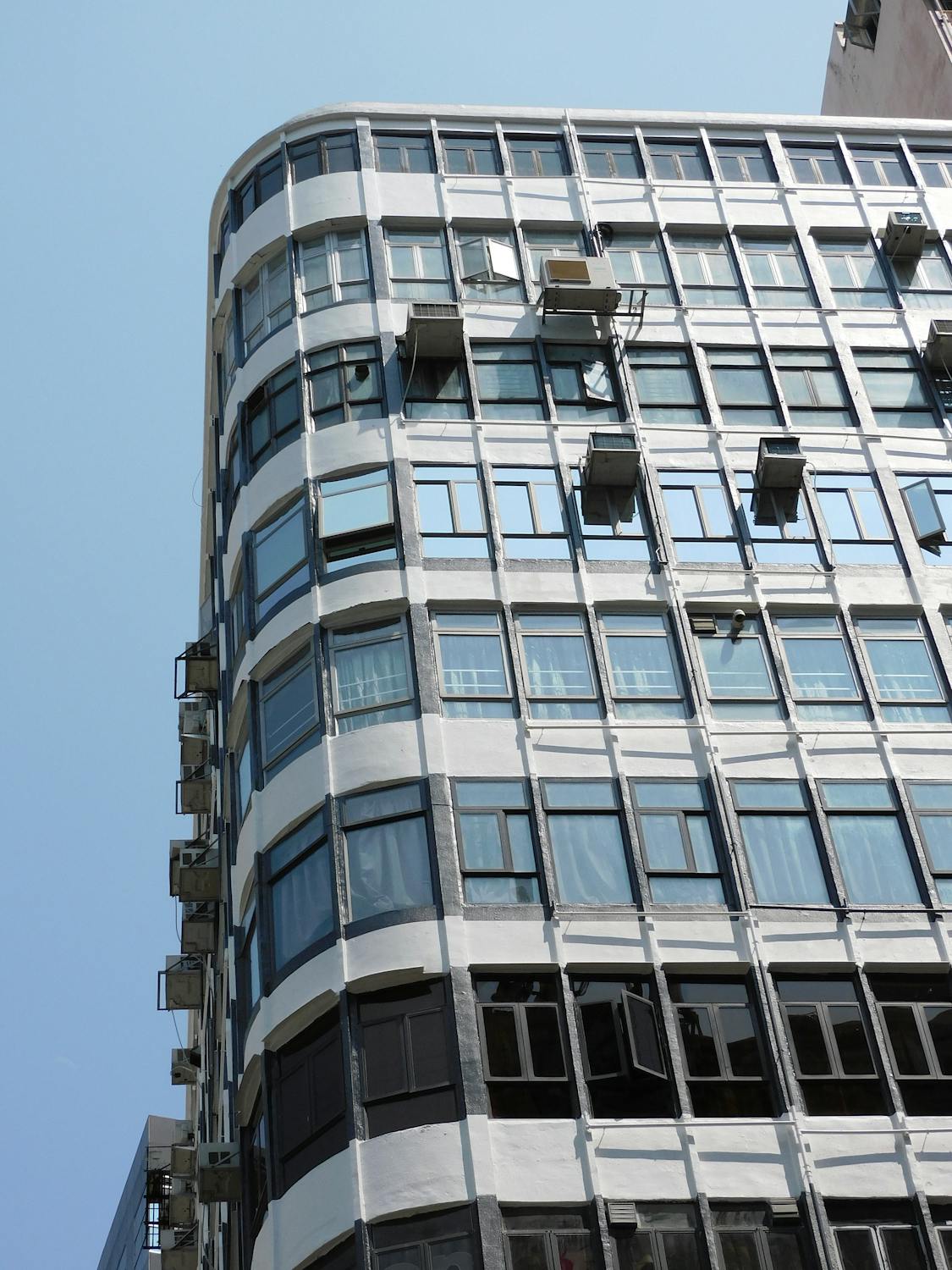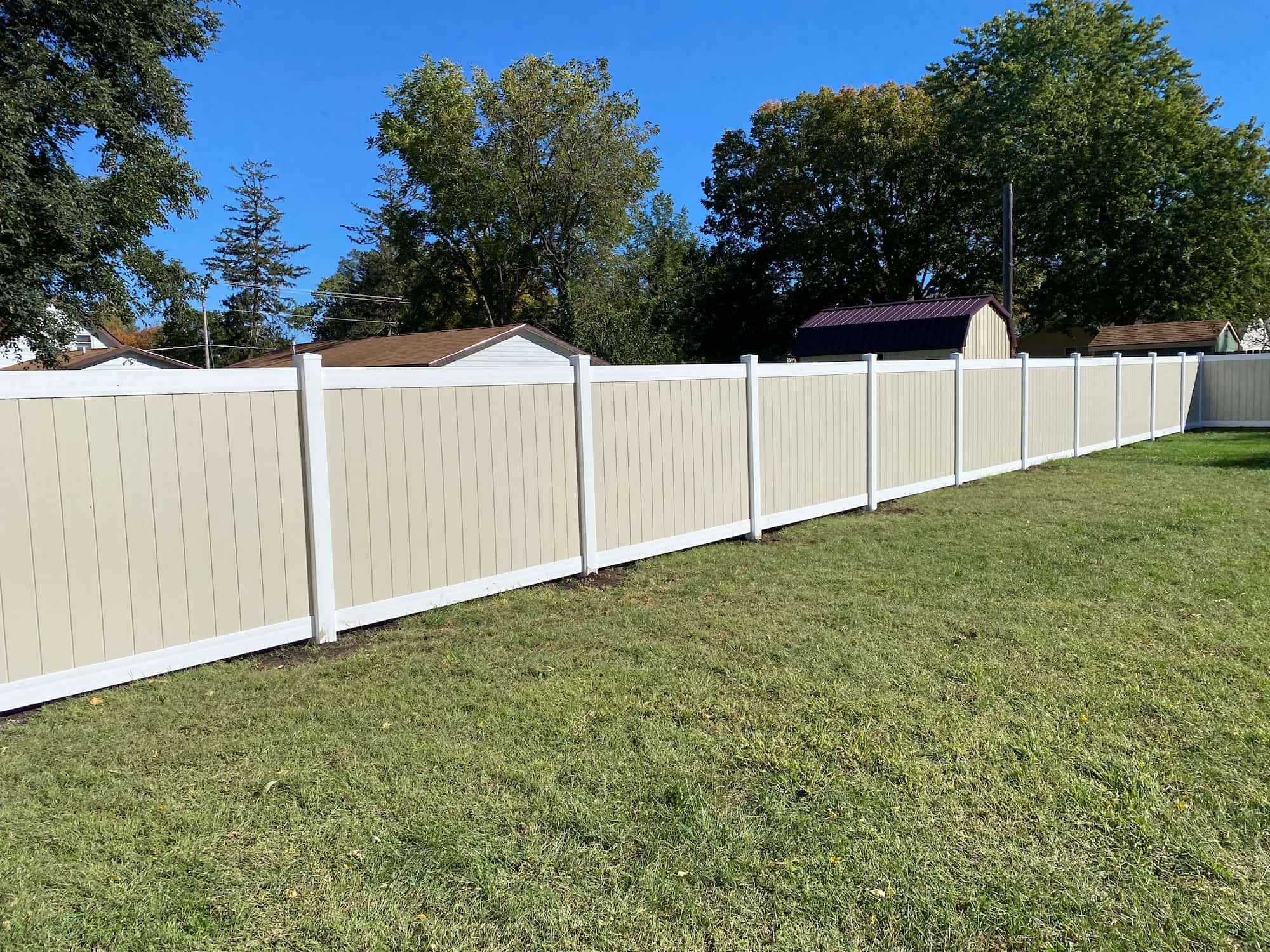Throwback: Home Builders Association, home shows, parade of homes
-

Midland Area Shrine Club members Paul Wilson, left, A.H. Hutchinson, center, and Richard Thrune. The club is sponsoring the Home & Sport Show. April 1971
Midland Area Shrine Club members Paul Wilson, left, A.H. Hutchinson, center, and Richard Thrune. The club is sponsoring the Home & Sport Show. April 1971
Photo: Daily News File Photo
Midland Area Shrine Club members Paul Wilson, left, A.H. Hutchinson, center, and Richard Thrune. The club is sponsoring the Home & Sport Show. April 1971
Midland Area Shrine Club members Paul Wilson, left, A.H. Hutchinson, center, and Richard Thrune. The club is sponsoring the Home & Sport Show. April 1971
Photo: Daily News File Photo
The Midland Association of Home Builders, the forerunner to Home Builders Association of Midland County, hosted its first Home Show in September 1970 in Midland’s Armory on Airport Road. The show was held in conjunction with the association’s annual Parade of Homes.
Earlier that year in April, the Midland Area Shrine Club hosted its Midland Area Home and Sports Show, which highlighted home building, home improvements plus the addition of sporting displays. The show at the Midland County Road Commission garage on North Saginaw Road also featured a garden scene, a live trout pond and Shriner clowns.
The Shriners show marked the return of home shows to Midland after many years. The Midland Home Builders Show, sponsored by the Retail Merchants Division of the Midland Chamber of Commerce, was held from 1950 to at least 1957. Some 7,500 people attended the three-day 1957 event.
The Midland Association of Home Builders was chartered in March 1961, with 15 members. Ben Lerner of Lerner Building Co. was the first president, with Stuart Branson as vice president, and Joseph C. Edwards as secretary/treasurer.
In 1963, the association was referred to as the Home Builders Association of Midland County. The association has sponsored its Parade of Homes since 1960.
The HBA continues to host its annual Home and Garden Show as well as Fall Parade of Homes. According to its website, the dates and details for this year’s Home and Garden Show will be announced soon.
Just for fun: (From a May 1969 Daily News article) Lumber prices at the mill were $76 per 1,000-square-feet for index grade, quarter-inch sanded plywood in June 1968, and skyrocketed to $144 in February 1969, then back to the $66-$70 range in May 1969. Accounting for the higher prices was the demand for plywood that was used extensively in construction work for sheathing, roof boards, subflooring, etc. It might cost more but the saving comes as larger areas can be covered in less material than conventional lumber, according to the article. Plywood also was limited because of excessive export of logs to Japan and weather conditions in the forest producing areas.








